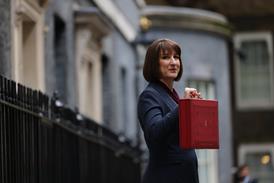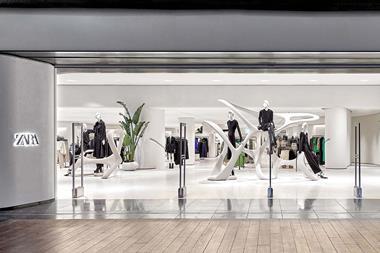US retail sales for February slid 0.6 per cent, in stark contrast to the 0.2 per cent rise forecast by analysts.
Subsequently, the US dollar dropped below the ¥100 to the dollar barrier for the first time since 1995 and stock markets fell in both Asia and Europe.
US consumers have abandoned the shops as rising household bills and home repossessions bite.
A raft of big shopping chains including Nordstrom, Wal-Mart and Abercrombie & Fitch revealed disappointing sales for February. The worst hit have been middle-market department stores such as JC Penney and Macy’s.
MHE Retail chairman Edward Whitefield said he is not surprised at the negative outcome. “Like-for-like sales were badly affected in the last quarter of 2007. There was some false hope in the heavy discounting that took place in January, but now that has finished, reality has crept in,” he said.
He added that retailers in both the US and Western Europe are “in no doubt” that they are now in a period of negative sales growth.
“Many are trying to avoid the word recession for political reasons but there is a severe recession going on,” he said.
The value of equity is down 20 per cent in the US and house prices have dropped between 10 and 30 per cent, according to MHE Retail figures.
“In past recessions, it has always been the financial authority representatives that have been the last to admit it,” Whitefield said.
“The US has been overheated by fairy-tale money and too many bank loans, for example, has meant the country has lost touch with commercial reality.”
He added that Eastern retail markets, particularly China and India, would remain protected from the US economic fall-out, because many retailers in those markets continue to enjoy double-digit sales growth. “They have their own organic momentum from overinflation, so will not be affected,” he said.




























No comments yet